Municipal Water & Wastewater

Water is our most precious resource – but only one-percent of the water supply on the planet can be used as drinking water
Pulsafeeder manufacturer’s solutions for pH neutralizer or adjustment, flocculation and coagulation, chemical feed, antiscalant and many other uses in the wastewater treatment process.
Wastewater treatment is a principal area of application for Pulsafeeder products. Not only is pollution control of waters being returned to the environment a necessity, but the availability and cost of fresh water have made recycling of industrial process water necessary.
The municipalities and private companies that treat water must handle this resource with the utmost care – all while balancing the need to operate as efficiency as possible while complying with regulatory requirements. Municipal water treatment processes include the following steps:
Intake Screening: Initial screens keep large debris (logs and tree limbs) from entering the treatment process. Secondary screens remove smaller items like fish/marine life and vegetation.
Metering pumps dose specific quantities of oxidizing chemicals (such as sodium hypochlorite, potassium permanganate or bromine) at low flow rates.
Taste, Odor Control & Disinfection: The quality of incoming water into treatment facilities varies by storms or man-made interaction, so seasonal (or continuous) taste & odor issues are treated via metering pumps dosing potassium or sodium permanganate downstream from the intake pumps. Sodium hypochlorite is often injected to control aquatic growth, to reduce odor and to eliminate micro-organisms that could cause illness if consumed.
Sodium hypochlorite at high concentration is volatile – so pumps must be carefully designed to prevent gas binding that could clog or lock the pump.
pH Adjustment: Drinking water should have a neutral (7) pH. Specific volumes of acids are administered to alkaline feed-water (pH higher than 7) to lower pH, while similar volumes of caustics are dosed to acidic feed-water (pH lower than 7) to raise its alkalinity. pH adjustment is a constant balance: Injecting too much hydrochloric acid to lower pH will require additional doses of soda ash (sodium carbonate) later in the process.
Chemicals used to control pH are expensive, so the pumps used to administer them should be highly accurate. Many of these chemicals are also corrosive, so reliable and leak-free metering pumps should be used to minimize employee exposure.
Coagulant Feed: Millions (or billions) of miniscule particles that are too small to be filtered (finer than 1 micrometer), remain in motion due to negative electrostatic charges that cause them to repel one another. Positively charged coagulant chemicals (like alum, ferric chloride, ferric sulfate, or polyaluminum chloride) are used to bring tiny colloidal particles together to form flocs, or heavier aggregates, that become easier to filter.
Coagulation reaction time varies, often requiring high turndowns and highly accurate metering pumps to minimize coagulant chemical use, and to reduce the need for additional pH adjustment chemicals. This stage of the process requires monitoring sensors in the tank to gauge chemical levels and to guard against over-treatment.
Flocculation & Clarification: Neutralized particles coming together form flocs that settle as sludge on the bottom of the clarifier.
Metering pumps dose flocculation polymers into clarifiers to increase the settling rate for particles. Once this stage is completed, sludge pumps remove material to be dewatered and eliminated from the treatment process.
Filtration & Well Storage: Water must be filtered to remove remaining particles, and filtered water is retained in clear wells long enough to allow sufficient contact time for disinfectants and also to provide back wash water for filters.
Fluoridation: About two-thirds of municipal treatment plants add fluoride as part of their process. Municipalities dose this chemical at an average concentration of about 1 part per million (1 ppm) or 1 milligram per liter.
Post Chlorination: Sodium hypochlorite is often injected towards the end of the treatment process to prevent equipment corrosion.
Metering pumps must have the ability to generate pressures much higher than the system pressure.
Distribution: By leveraging metering pumps at numerous stages of the process, drinking water is treated in a consistent and reliable manner, making it available for distribution to every home and business in the community.
Chlorination: Chlorination is the process of adding chlorine to drinking water to disinfect it and kill germs. Different processes can be used to achieve safe levels of chlorine in drinking water. Chlorine is available as compressed elemental gas, sodium hypochlorite solution, or calcium hypochlorite. While the chemicals could be harmful in high doses, when added to water, they all mix in and spread out, resulting in low levels that kill germs but are still safe to drink. According to the CDC website, chlorine levels up to 4 milligrams per liter (mg/L) or 4 parts per million (ppm) are considered safe in drinking water. Chlorine was first used in the U.S. as a major disinfectant in 1908, and by 1995 about 64% of all community water systems in the United States used chlorine to disinfect their water.
Common Products for this Application
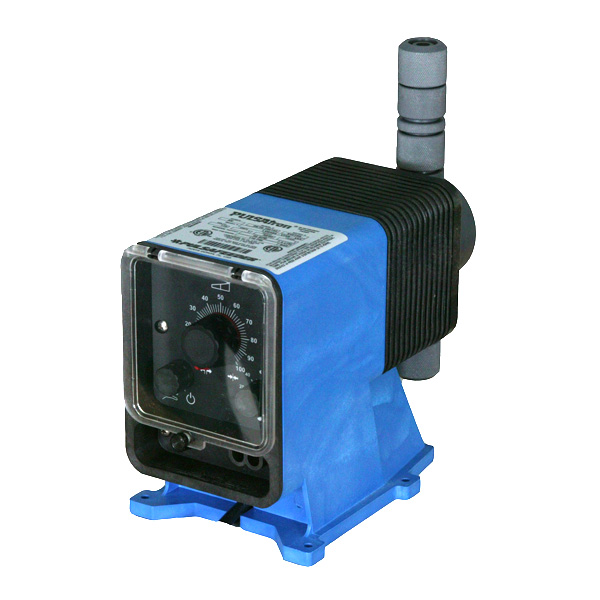
PULSAtron
Typical applications are acids, caustics, polymers, bleaches, pH control, solvents, dyes/ink, catalyst, cleaning agents, and much more.

Chem-Tech
Designed for Water Conditioning.
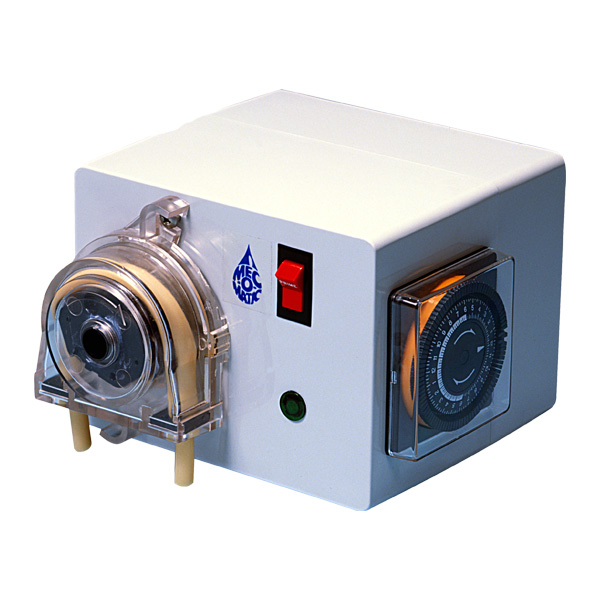
MEC-O-MATIC
Typical applications are water treatment, cooling towers, swimming pools, boilers, agriculture, laundries, carwashes, livestock, metal finishing, warewashing, waste treatment facilities.
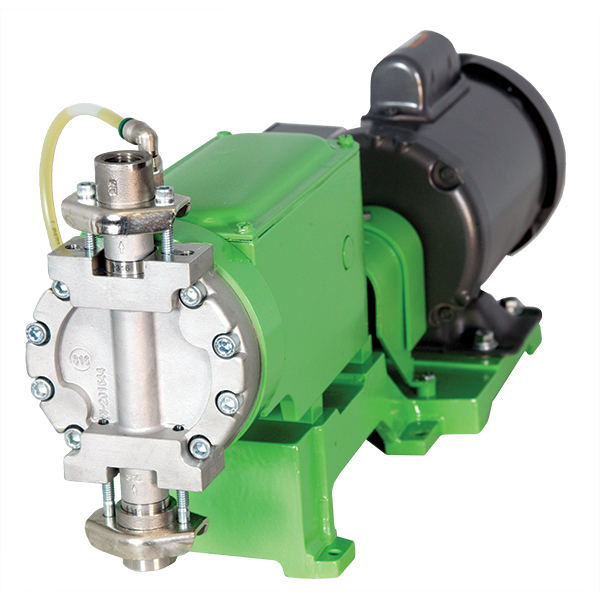
Pulsa Series
From thin fluids to lime slurries, materials of construction for contact with the most hazardous chemicals and features and options to provide safe, remote and accurate dosing, count on Pulsa Series for the most demanding applications.
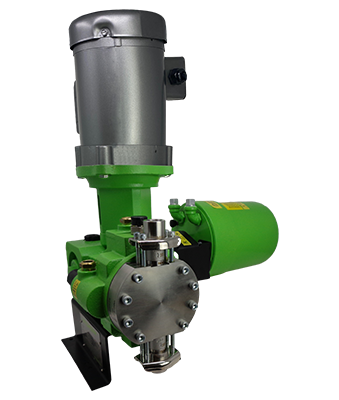
PulsaPro
PulsaPro Series is a perfect fit for Water & Wastewater Treatment, Oil & Gas and Industrial applications.
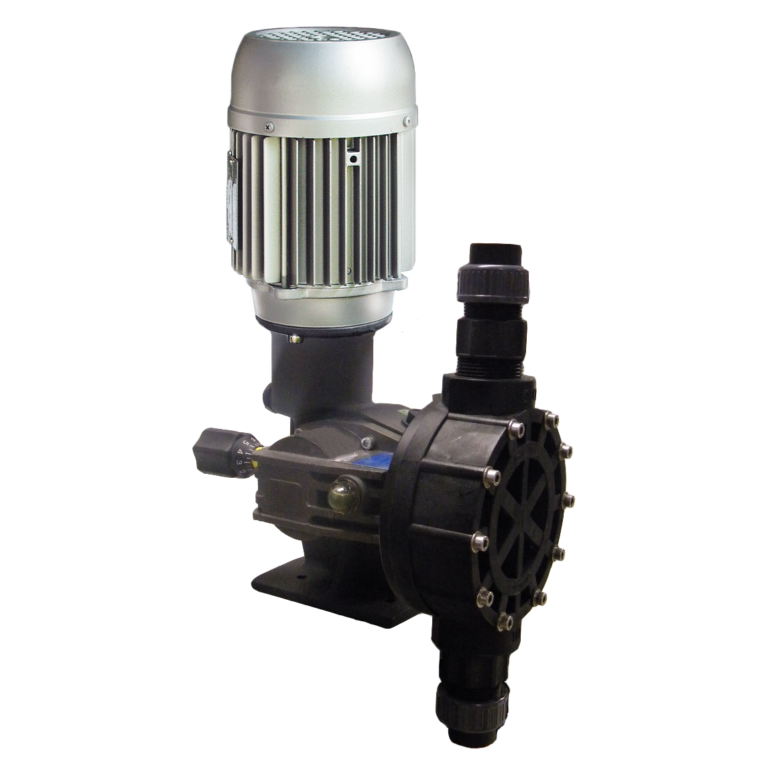
BLACKLINE
Typical applications are acids, caustics, polymers, bleaches, pH control, solvents, dyes/ink, catalyst, cleaning agents, and much more.
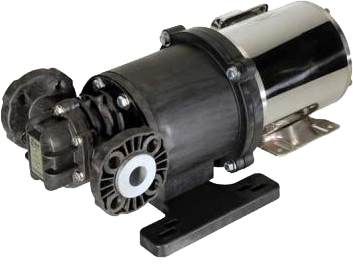
Eclipse
Eclipse rotary pumps are an ideal fit for many corrosive liquids. From acids to bases, we cover the entire pH scale.

Pulsar
MicroVision is designed for cooling tower and boiler applications.
